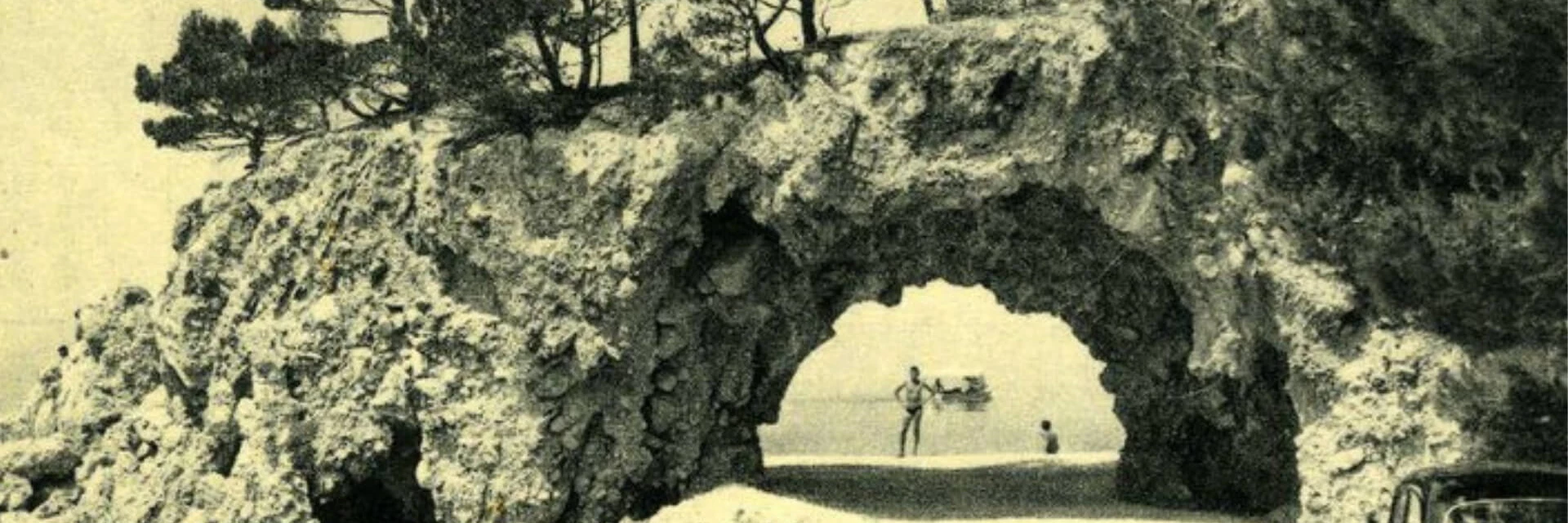St. Vicenco
St. Vicenco is the patron saint of Podgora. The details of his life are unknown, except that he was a Roman soldier who would rather have died than betrayed his conscience, character, and fidelity to Jesus. The story begins in 1790 when Pope Pius VI presented the bones of St. Vicenco to the Makarska canon, Ivan Josip Pavlović. After his death, his brother, Don Grgur Pavlović, donated the bones to his colleague, Don Lovro Pavlinović in Podgora, to the Church of All Saints. This happened in 1831 and since then, it has been the last resting place of St. Vicenco.
The townspeople of Podgora soon accepted the saint as their patron saint and began to hold religious festivities on the day of the saint, every first Sunday after Assumption Day. Soon the pilgrims from Primorje, Zabikovska zagora and Herzegovina started to arrive, and the festivity grew larger and larger. Since 1900, the bishop Nakić has decided that, in the future, the celebration of St. Vicenco will last for three days, and the custom has been preserved to this day. Today, the Church of All Saints, both culturally and historically, is the most valuable church in Podgora, and is one of the most monumental late baroque churches in Dalmatia.


